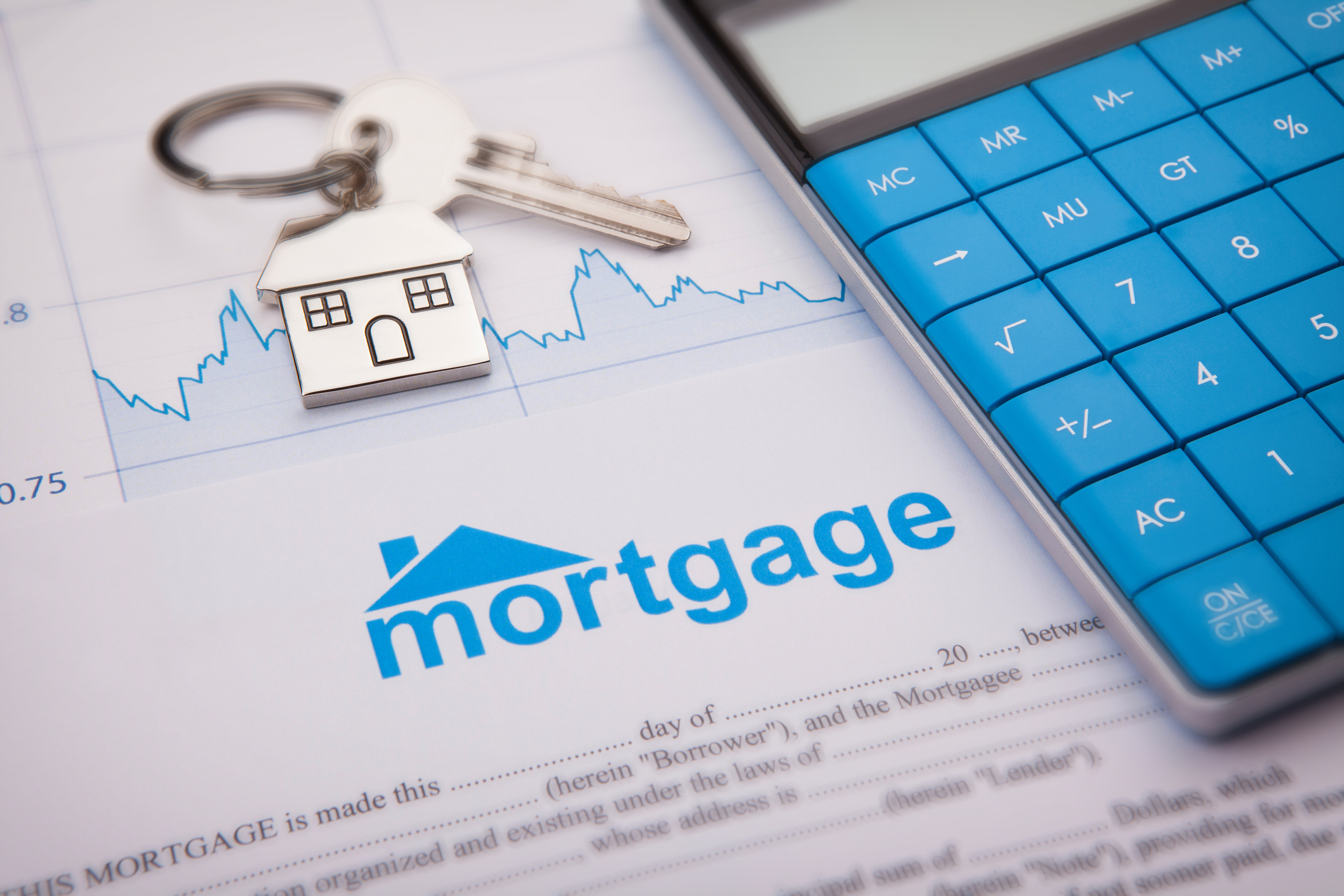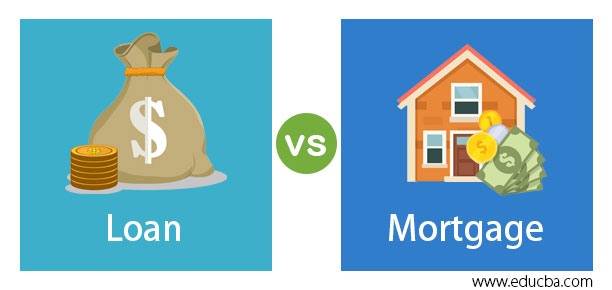Conventional Mortgage Loans: Your Overview to Conventional Home Funding
Conventional Mortgage Loans: Your Overview to Conventional Home Funding
Blog Article
The Important Variables to Think About When Deciding On In Between Fixed-Rate and Adjustable-Rate Home Loan Financings
When reviewing home loan choices, customers deal with a crucial decision between adjustable-rate and fixed-rate financings, each providing distinctive advantages and prospective challenges. Key considerations such as interest price stability, predictability in monthly settlements, and the ramifications of potential price modifications can dramatically impact long-term monetary health and wellness.
Rate Of Interest Rate Stability
When choosing a mortgage, comprehending passion rate stability is critical for informed decision-making. Rate of interest prices can significantly affect the total cost of a home loan, and acknowledging the nature of these rates is vital for consumers.
On the various other hand, adjustable-rate home loans (ARMs) begin with lower initial rates that may transform occasionally based on market conditions. While this can cause lower repayments at first, it additionally presents uncertainty, as customers may encounter increased repayments if rates of interest climb. For those taking into consideration an ARM, it is crucial to examine the likelihood of price modifications, the possibility for payment boosts, and the length of the first fixed-rate duration.
Eventually, the choice in between fixed-rate and adjustable-rate home mortgages rests on private danger resistance and economic situations. Comprehending passion price security helps customers make notified decisions that line up with their lasting financial objectives.
Month-to-month Repayment Predictability
While consumers typically prioritize passion rate security, the predictability of month-to-month settlements is similarly important in the mortgage choice procedure (Conventional mortgage loans). Month-to-month payment predictability plays a vital role in budgeting and economic planning, as it directly influences a house owner's cash circulation and total financial health
Fixed-rate home loans provide a constant month-to-month repayment throughout the life of the car loan, enabling borrowers to expect and intend their expenditures efficiently. This security can be specifically advantageous for first-time homebuyers or those on a fixed revenue, as it gets rid of the unpredictability linked with changing repayments.
On the other hand, variable-rate mortgages (ARMs) commonly include reduced preliminary repayments that can alter gradually, bring about prospective variability in month-to-month responsibilities. While initially appealing, this changability can complicate economic preparation, specifically if debtors do not represent future rate modifications.
Potential Price Changes
In the world of adjustable-rate home loans (ARMs), possible price changes represent a considerable factor that customers need to carefully consider. Unlike fixed-rate mortgages, where the rate of interest continues to be unchanged for the life of the car loan, ARMs are characterized by rising and fall rate of interest that are linked to market indices. This irregularity can lead to substantial changes in regular monthly repayments, influencing the consumer's economic preparation and budgeting.
Generally, ARMs have a preliminary fixed-rate period throughout which the rate of interest is stable. Hereafter duration, nonetheless, the price changes at established intervals-- frequently every year. Debtors need to know the margin and index utilized to calculate these adjustments, as they straight affect future rates of interest. In addition, ARMs often consist of caps that restrict exactly how much the rate of interest can boost at each modification and over the life of the finance, which can supply some level of protection versus extreme rate walks.
Recognizing these prospective changes is crucial for borrowers, as they directly influence long-term repayment obligations. Examining individual financial circumstances look at here now and risk tolerance is necessary when deciding whether an ARM lines up with one's monetary objectives.
Funding Term Factors To Consider
Finance term factors to consider play a crucial duty in the decision-making procedure for consumers choosing between fixed-rate and adjustable-rate home loans. The size of the financing term considerably affects month-to-month settlements, interest rates, and overall monetary planning.

Eventually, customers must assess their individual scenarios, monetary goals, and market conditions when evaluating the ramifications of car loan term choices within each home mortgage type.

General Cost of Loaning
Fixed-rate mortgages provide foreseeable regular monthly settlements, as the passion price stays constant throughout the car loan term. This predictability can lead to lower general prices, particularly in a secure or decreasing passion rate atmosphere.
Alternatively, variable-rate mortgages (ARMs) normally begin with lower preliminary rates, causing minimized upfront expenses. Nevertheless, these prices can raise after a preliminary duration, bring about possibly greater lasting expenses. Borrowers must consider the frequency and extent of price adjustments, as well as the total funding period, to properly assess the monetary implications.
Additionally, the overall price of loaning encompasses not only rate of interest but also costs and various other connected expenses, such as closing costs and insurance (Conventional mortgage loans). As a result, when reviewing mortgage options, debtors need to perform a comprehensive cost evaluation over the life of the financing. By doing so, they can make an enlightened choice that lines up with their monetary goals and take the chance of tolerance
Final Thought
Finally, choosing between fixed-rate and adjustable-rate mortgage demands mindful factor to consider of numerous crucial elements. Passion price security and regular monthly repayment predictability are vital for effective budgeting, my latest blog post while the capacity for rate changes in ARMs presents monetary unpredictability. Additionally, the anticipated period of homeownership and the general expense of borrowing, including rate of interest prices and associated fees, have to align with specific economic situations and take the chance of tolerance. Such a detailed evaluation will certainly facilitate educated decision-making in home loan option.
Key considerations such as rate of interest rate stability, predictability in monthly payments, and the implications of potential rate adjustments can considerably affect long-lasting monetary wellness. Interest rates can considerably affect the general expense of a home mortgage, and acknowledging the nature of these prices is essential for debtors. Unlike fixed-rate home mortgages, where the passion price remains the same for the life of the lending, ARMs are characterized by rising and fall rate of interest prices that are connected to market indices. In addition, ARMs commonly include caps that limit exactly how a lot the rate of interest rate can enhance at each modification and over the life of the funding, which can give some degree of security versus you could try here radical price walkings.
Interest price security and regular monthly payment predictability are paramount for effective budgeting, while the capacity for rate modifications in ARMs presents financial unpredictability.
Report this page